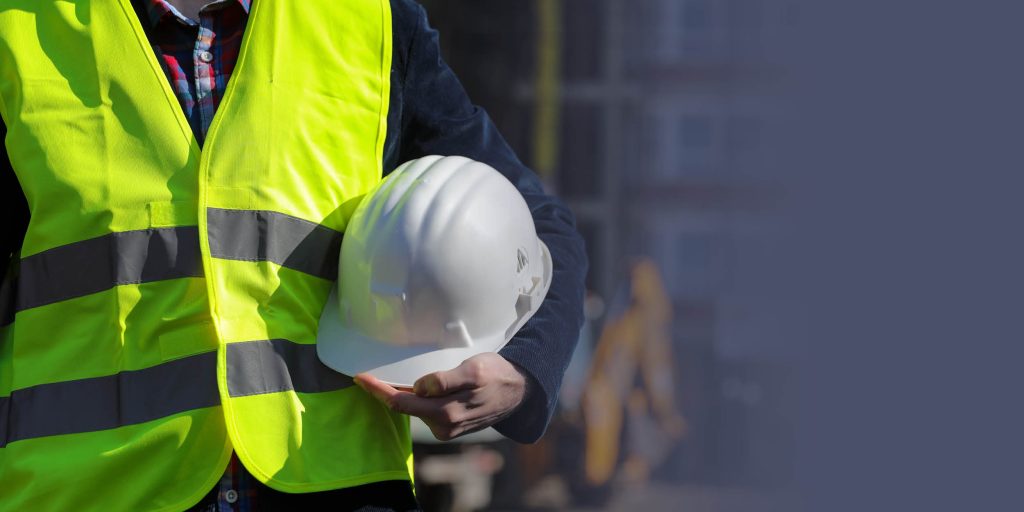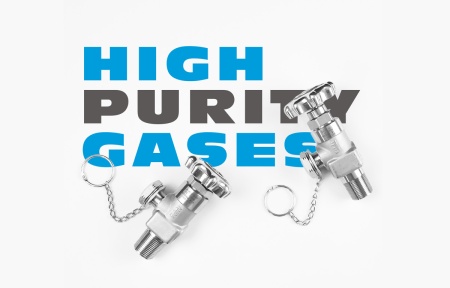By Paul Bernier, ASP
Over the last several years, OSHA has worked to create awareness of the “Fatal 4” to decrease the injuries and deaths caused by the following:
- Falls
- Struck-by
- Electrocution
- Caught in-between
The fatal four account for more than 30% of all workplace fatalities. Approximately 10% of the fatalities are due to flying objects, falling objects, swinging objects, and rolling objects or, more simply put, “struck-by.”
“Struck-by hazards” are the number one cause of non-fatal injuries in the workplace. Struck-by hazards also account for almost 10% of fatalities, which is the second leading cause of worker fatalities. Here is a breakdown of the four types of struck-by hazards
- Falling Objects: Items knocked off scaffolds, crane loads coming loose, or items dropped from above are falling object hazards.
- Flying Objects: Nail gun discharges, thrown debris, flying tips off saw blades, and broken grinding wheels are examples.
- Swinging Objects: Materials and objects that are being lifted (by a crane or otherwise) that could swing.
These first three are responsible for approximately 420 deaths per year.
- Moving or Rolling Objects: Moving vehicles and heavy equipment. Responsible for approximately 385 deaths per year
To prevent struck-by injuries and deaths, OSHA highly recommends high visibility garments be worn in accordance with the ANSI 107-2020 standard. This standard includes several worker categories, such as construction, utility, emergency responders, airport ramp workers, and other off-road workers who are routinely exposed to potential injury hazards from their visibility on the job site. It provides a guideline for selecting the proper high visibility safety apparel (HVSA) such as vests, jackets, rainwear, shirts, and other outer wear to improve the worker visibility during the day, low light conditions, and at night. It also addresses several factors of the PPE (Personal Protective Equipment) worn, including the background material (colored fluorescent material of the garment), retroreflective material (material that reflects light), combined performance material (retroreflective material that is also fluorescent in color), and fire resistant (FR) materials.
The ANSI 107 standard breaks these garments into several categories or performance classes for easier selection that works best by known hazard.
Type O = Offroad (indoor areas, parking lots, warehouses, factories)
Type R = Roadway (areas with moving traffic and equipment)
Type P = Public safety (moving traffic areas, EMS, fire, police only)
Furthermore, ANSI 107 standard breaks down HVSA by class. There are three different classes, and they determine the amount of high visibility material required to keep workers safe, depending on the hazard. Here is a simple explanation of the three different classes:
Class 1 – ANSI Class 1 garments are designed for environments where the need for high visibility is less critical and the risk for struck-by injuries is less than in other areas. Examples include indoor/warehouse work or people working in an area where vehicles are not traveling more than 25mph and workers are at a safe distance from the traffic hazard. Class 1 has a minimal amount of reflective material and background fabric.
Minimum requirements:
- Background fabric > 217 square inches
- Reflective material > 155 square inches
- Reflective width > 1 inch
Class 2 – ANSI Class 2 garments step up the visibility and improve worker safety by adding more reflective material and more background fabric. These garments are intended for areas with greater traffic hazards and higher speeds. Some jobs that may require class 2 would be crossing guards, airport ground workers, construction workers, and municipalities.
Minimum requirements:
- Background fabric > 775 square inches
- Reflective material > 201 square inches
- Reflective width > 1.375 inches
Class 3 – ANSI Class 3 is the highest level of visibility, offering the most reflective and background material and providing the highest levels of visibility. People who work at night require class 3, as well as road construction crews, emergency responders, and utility workers. Those who require class 3 typically work in areas where vehicle speeds may exceed 50mph. It is easy to spot a Class 3 vest because it has sleeves, class 2 vests usually do not.
Minimum requirements:
- Background fabric > 1240 square inches
- Reflective material > 310 square inches
- Reflective width > 2 inches
The examples shown here are vests, but high visibility garments are also available in winter jackets, rain suits, and FR protective welding jackets. High visibility/reflective pants, gloves, and hard hat stickers are other popular items.
High visibility is the best way to prevent injuries from moving traffic, moving objects, and any instance where being seen will prevent being struck. Not only do these items provide an extra level of security, but they are also required in a growing number of industries. Workers need high visibility PPE, and it is important to supply your customers with the right tools for the job.









